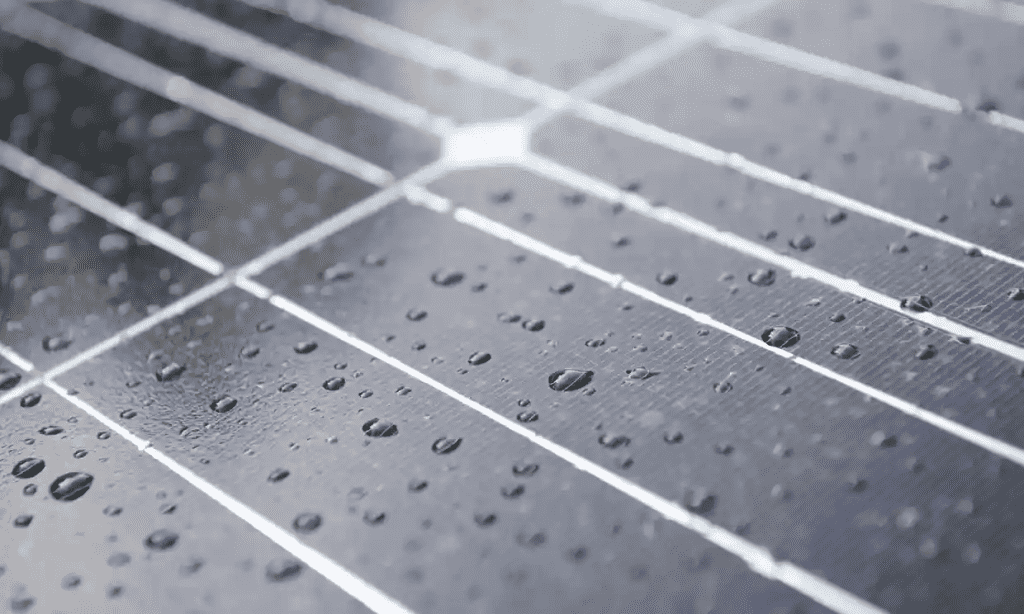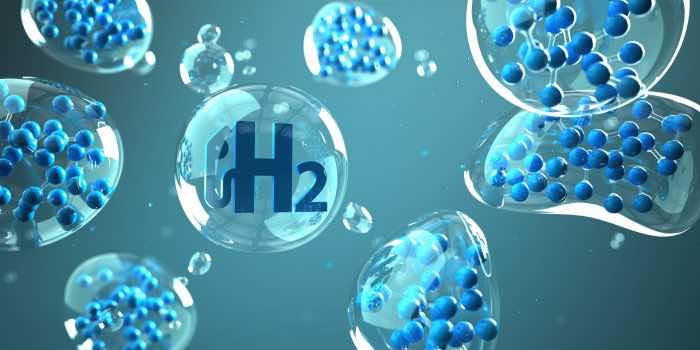A worldwide team of scientists claims to have discovered a new way to extract water from dry air to make hydrogen, which they refer to as “the ultimate clean energy.”
According to the researchers, the device may be employed in an arid environment with relative humidity as low as 4%, implying that green hydrogen might theoretically be produced without using liquid water.
“Moisture in the air can directly be used for hydrogen production via electrolysis, owing to its universal availability and natural inexhaustibility,” the researchers wrote in a paper published in the peer-reviewed journal Nature Communications.

The process of splitting water into oxygen and hydrogen with electricity is known as electrolysis. Green hydrogen is “the most potential energy carrier of the low-carbon economy when fuelled by renewable electricity,” according to scientists.
Moreover, they stated that hydrogen could be employed as a storage medium for intermittent energy sources such as solar, wind, and tidal power.
According to the paper, a global spatial mismatch between renewables distribution and fresh water supply makes it impossible to manufacture hydrogen in regions where drinking water is a priority. North Africa, West and Central Asia, Midwest Oceania, and the southwest of North America were identified as places with a scarcity of fresh water but promise for solar and wind power.
To address the issue of not having enough water to produce hydrogen, the researchers devised a device that uses porous materials saturated in electrolytes, such as a melamine sponge, to absorb moisture from the air. The captured liquid water is subsequently divided into hydrogen and oxygen. A solar panel, a wind turbine, or other renewable generators could power this procedure.

According to the study, the team’s prototype machine is 1 square metre (11 sq ft) in size and can produce 93 liters (25 gallons) of hydrogen every hour. In addition, the device was tested to produce high pure hydrogen for more than 12 days in a row at 40% relative humidity with no liquid water supplied.
“A lot of places with abundant renewable energy sources have limited water supply. Instead of competing for scarce drinking water, the device collects water from the air – which can hardly be used by humans anyway – to produce hydrogen,” said study co-author Fan Xiaolei, from the University of Manchester’s chemical engineering department.

“The production process also makes use of excess renewable energy, which could go to waste if not stored or sent to power grids when they have reached maximum capacities,” he said.
Fan believes the advancement might be crucial for chemical manufacturers who employ green hydrogen as a feedstock and renewable energy to lower their carbon footprint, such as ammonia production.
When the device is scaled up, hydrogen may possibly be supplied to cities via gas pipes, according to Hu Guoping, a researcher from the Ganjiang Innovation Academy at the Chinese Academy of Sciences and co-author of the paper.
“When China reduces the share of natural gas in its energy mix in the coming decades, the existing pipeline network can be used to transport hydrogen from the west to the eastern coastal cities,” he said.
“At a smaller size, the device can be run in remote areas to power daily life.”

Lead author Kevin Li Gang, a senior lecturer in the Department of Chemical Engineering at the University of Melbourne, stated that the team intends to scale up the device and investigate alternative applications for it.
It will be increased to 10 square metres in the third quarter of next year so that it can produce enough hydrogen electricity in a day for one family.
Li predicted that if the device was built up to the size of a tennis court and driven by solar energy, it could produce enough hydrogen to fuel 400 cars yearly.
“We expect the product to be ready for market launch by the end of 2025 at the size of 1,000 square meters and operating in deserts, cold regions, and places with storms,” Li said.


